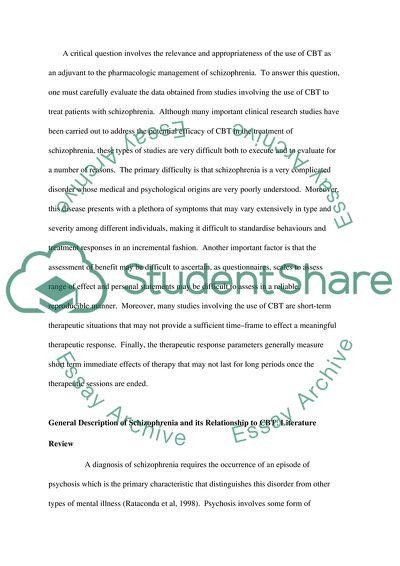Cite this document
(Mental Health Nursing Research Paper Example | Topics and Well Written Essays - 4500 words, n.d.)
Mental Health Nursing Research Paper Example | Topics and Well Written Essays - 4500 words. https://studentshare.org/health-sciences-medicine/1718715-a-critical-review-of-the-research-literature-both-qualitative-and-quantitative-relating-to-mental-health-nursing-reflecting-theoretical-perspectives-on-mental-health-problems
Mental Health Nursing Research Paper Example | Topics and Well Written Essays - 4500 words. https://studentshare.org/health-sciences-medicine/1718715-a-critical-review-of-the-research-literature-both-qualitative-and-quantitative-relating-to-mental-health-nursing-reflecting-theoretical-perspectives-on-mental-health-problems
(Mental Health Nursing Research Paper Example | Topics and Well Written Essays - 4500 Words)
Mental Health Nursing Research Paper Example | Topics and Well Written Essays - 4500 Words. https://studentshare.org/health-sciences-medicine/1718715-a-critical-review-of-the-research-literature-both-qualitative-and-quantitative-relating-to-mental-health-nursing-reflecting-theoretical-perspectives-on-mental-health-problems.
Mental Health Nursing Research Paper Example | Topics and Well Written Essays - 4500 Words. https://studentshare.org/health-sciences-medicine/1718715-a-critical-review-of-the-research-literature-both-qualitative-and-quantitative-relating-to-mental-health-nursing-reflecting-theoretical-perspectives-on-mental-health-problems.
“Mental Health Nursing Research Paper Example | Topics and Well Written Essays - 4500 Words”. https://studentshare.org/health-sciences-medicine/1718715-a-critical-review-of-the-research-literature-both-qualitative-and-quantitative-relating-to-mental-health-nursing-reflecting-theoretical-perspectives-on-mental-health-problems.


